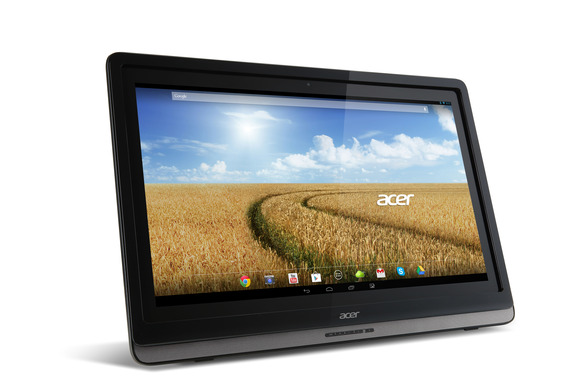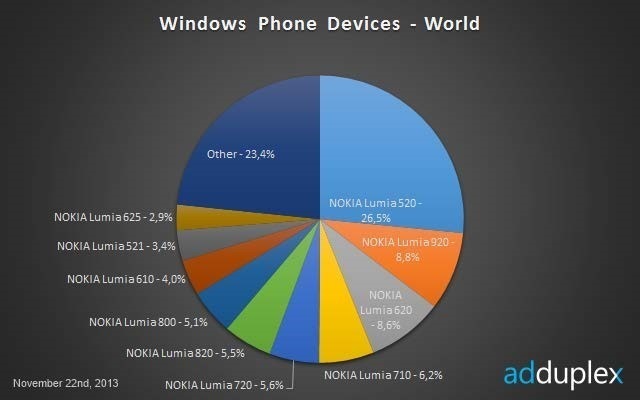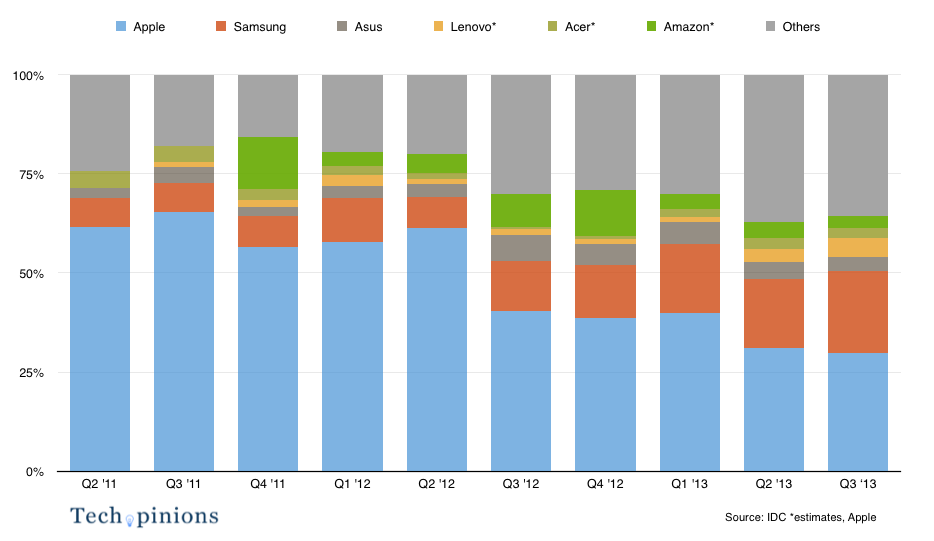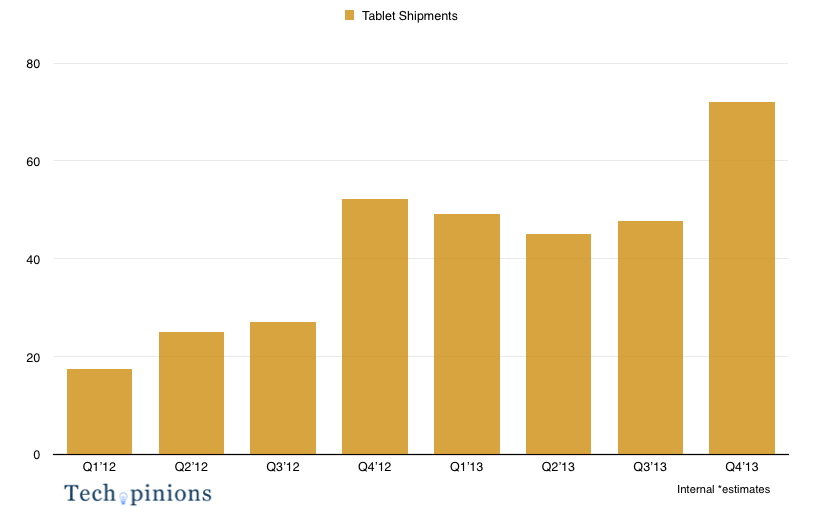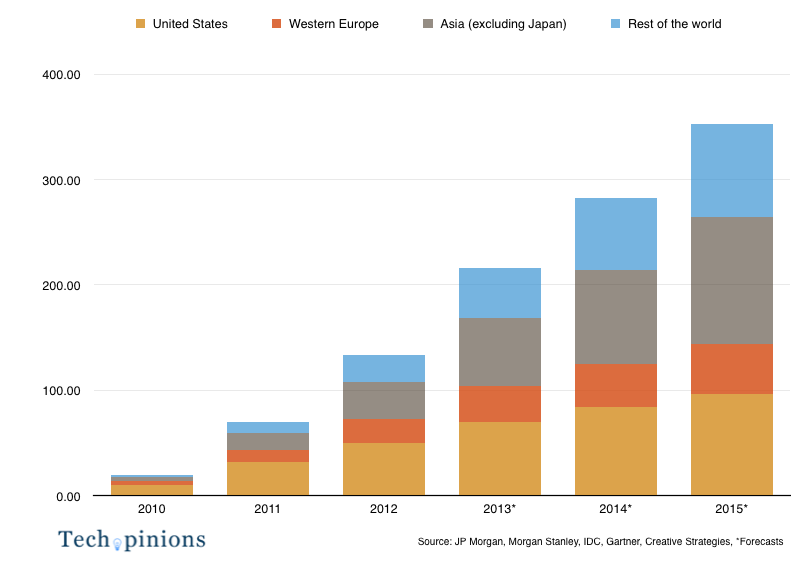What a difference a day makes in the tech business.
Having attended yesterday’s Windows 10 unveiling at Microsoft’s headquarters in Redmond, WA, I was one of the lucky few who got to try out an early prototype of Microsoft’s intriguing new holographic computing device: the head-mounted Microsoft HoloLens.
Though Microsoft showed the world a sleek, untethered headset, the demos they provided to attendees in their “hidden” basement labs were with much clumsier development systems that featured large, (what appeared to be) hand-built, camera and circuit-board-laden headsets tied to both an external circuitry box in a large metal case hung around our necks, and a large desktop PC. Microsoft vowed HoloLens will be released in the Windows 10 time frame—essentially by the end of this year—but it sure seems a long way between what we tried and what they unveiled. Nevertheless, the company did show a working prototype of the final device on stage, so I’ll just have to take them at their word regarding their release timetable.
The bigger question, of course, is what was it like to use? Overall, I have to say it was impressive. It is definitely not perfect and it’s still clearly a work in progress. However, I and other attendees got a pretty good sense of what it could offer and the general consensus was the product seemed pretty good.
In some ways, HoloLens is like other head-mounted displays I’ve tried in that the experience essentially projects a computer-rendered image you see in front of you and adjusts the image as you move your head around. It’s also very different than similar products; most importantly, it’s a completely standalone and not an accessory for or tethered to another device. In addition, unlike the Oculus VR, the HoloLens does not completely immerse you in a computer-generated image. While this may seem like a limitation to some, it’s a huge improvement to me. I feel somewhat nauseous and disoriented almost immediately after putting on complete virtual reality headsets like the Oculus. (I’ve been told you can get over that after extended use, but I think an issue like that immediately limits true VR headsets in their current form to a very small, rabid audience.) The HoloLens lets you see through the lens to the real world around you, thereby giving you a visual context that keeps you from getting disoriented. Bottom line, I didn’t have any motion sickness-like side effects when wearing it.
HoloLens is also very different from the currently on-hold Google Glass. (BTW, the timing of last week’s Google Glass announcement could not have been better for Microsoft—they must have been pinching themselves when they heard the news….) First, at a basic level, HoloLens is not something you’re going to wear outside or in social situations, nor does it record what you’re looking at, thereby avoiding the social stigma associated with Glass. Second, from a functional perspective, HoloLens provides a relatively complete field-of-view and isn’t limited to a small, transparent floating window as you had with Glass. HoloLens creates 3D (or in some case 2D) graphics in front of you and can either insert them within your real-world view or provide a more encompassing view that blocks out (though never entirely) some of your real world view.
Microsoft calls the images it creates holograms (and believe me, it still feels weird to say and type that with a straight face), hence “holographic computing.” While the company has yet to provide any details on exactly how HoloLens works, my sense is it leverages some type of projection display (one for each eye) that essentially replaces portions of what you are looking at through the lens with images it creates. Given the event, the company did say HoloLens runs Windows 10 (and made some still unclear points on how all Windows 10 devices will have access to “gaze” and gesture-oriented APIs for developers). They hinted it’s running some kind of x86 CPU and GPU, but they also said the HoloLens features a Microsoft-designed HPU (holographic processing unit) as well, which they said was necessary to perform the kind of calculations needed to create its visual world. Unfortunately, the company said nothing about battery life or pricing but, based on a few comments, I’m guessing it will be priced in the $799-$1,299 range—not cheap, but not completely ridiculous either. [pullquote]You couldn’t help walking away from the HoloLens demos, and this event overall, feeling Microsoft has clearly come roaring back as a force to be reckoned with.[/pullquote]
As you’ve undoubtedly read elsewhere, the company provided four different demos for us to see and each showed off different aspects of the device—from the immersive Mars rover experience, to building (and then 3D printing) 3D models, to a Minecraft-like experience using whatever room you happen to be in to play games in, to the highly practical Skype demo that helped people install a light switch with the help of a remote technician/helper.
Each was impressive in its own way, but more importantly, you couldn’t help walking away from these demos, and this event overall, feeling Microsoft has clearly come roaring back as a force to be reckoned with. Yes, they still face real challenges in mobile, but with this one bold move they have started the process of completely changing the conversation. In other words (he says half-jokingly), who cares about phones when you’re about to enter the Post-Smart Phone Era?
More seriously, I have no doubt there were a lot of very interesting and very serious discussions happening across the halls, meeting rooms and cubicles of Silicon Valley, and at tech companies around the world as a result of today’s news from Redmond. When was the last time that happened?
Welcome to 2015—it’s going to be a helluva year.


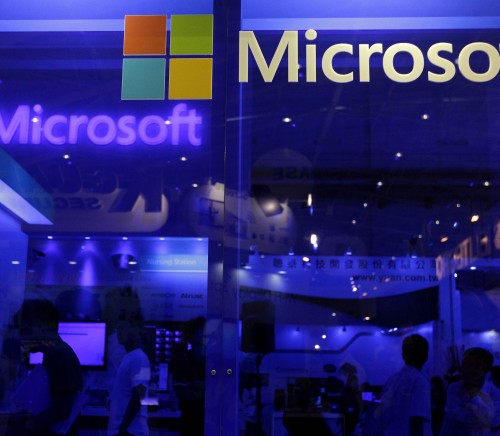
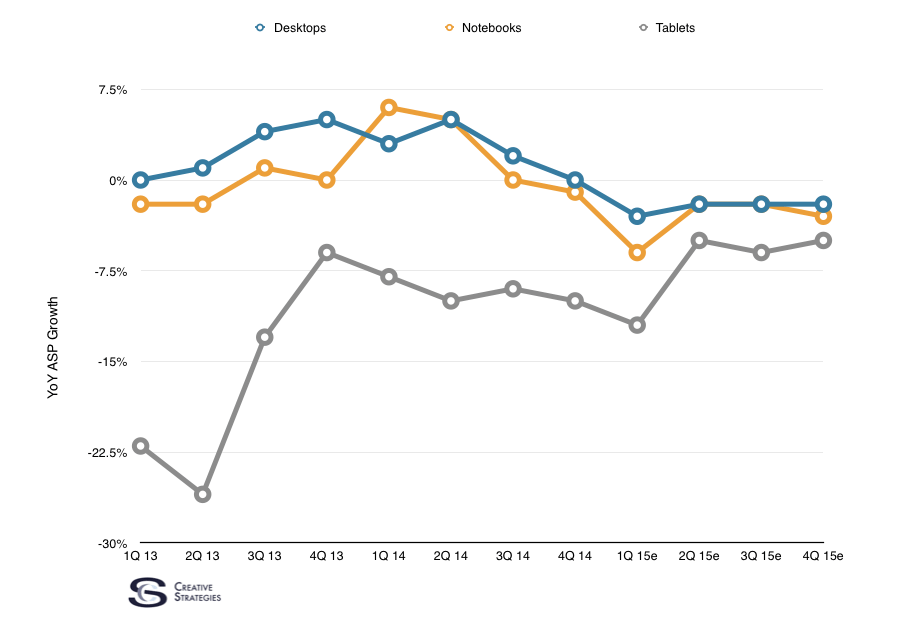


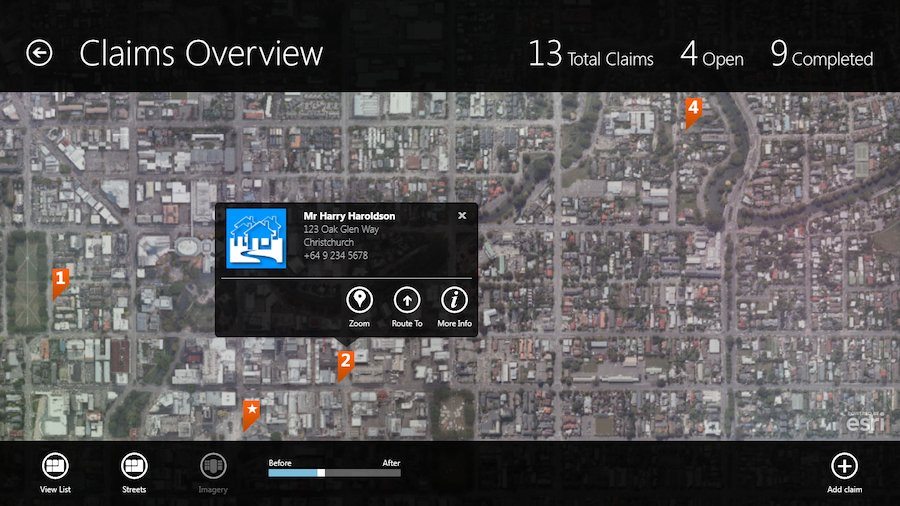



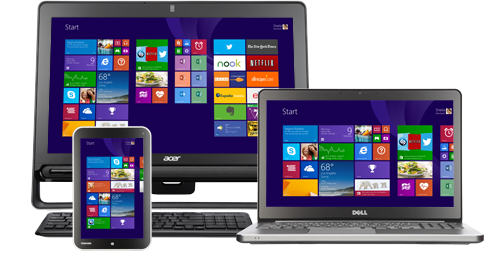
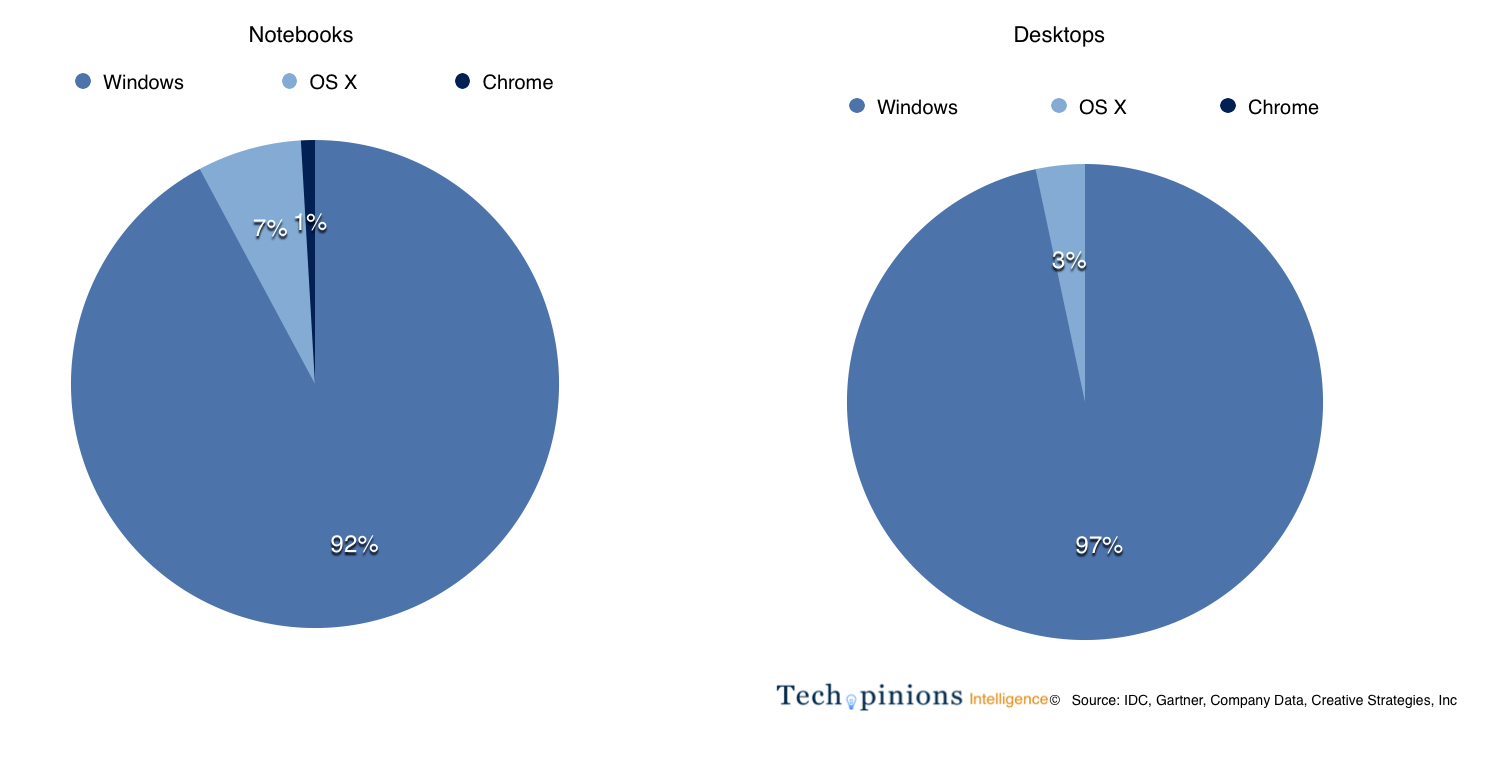

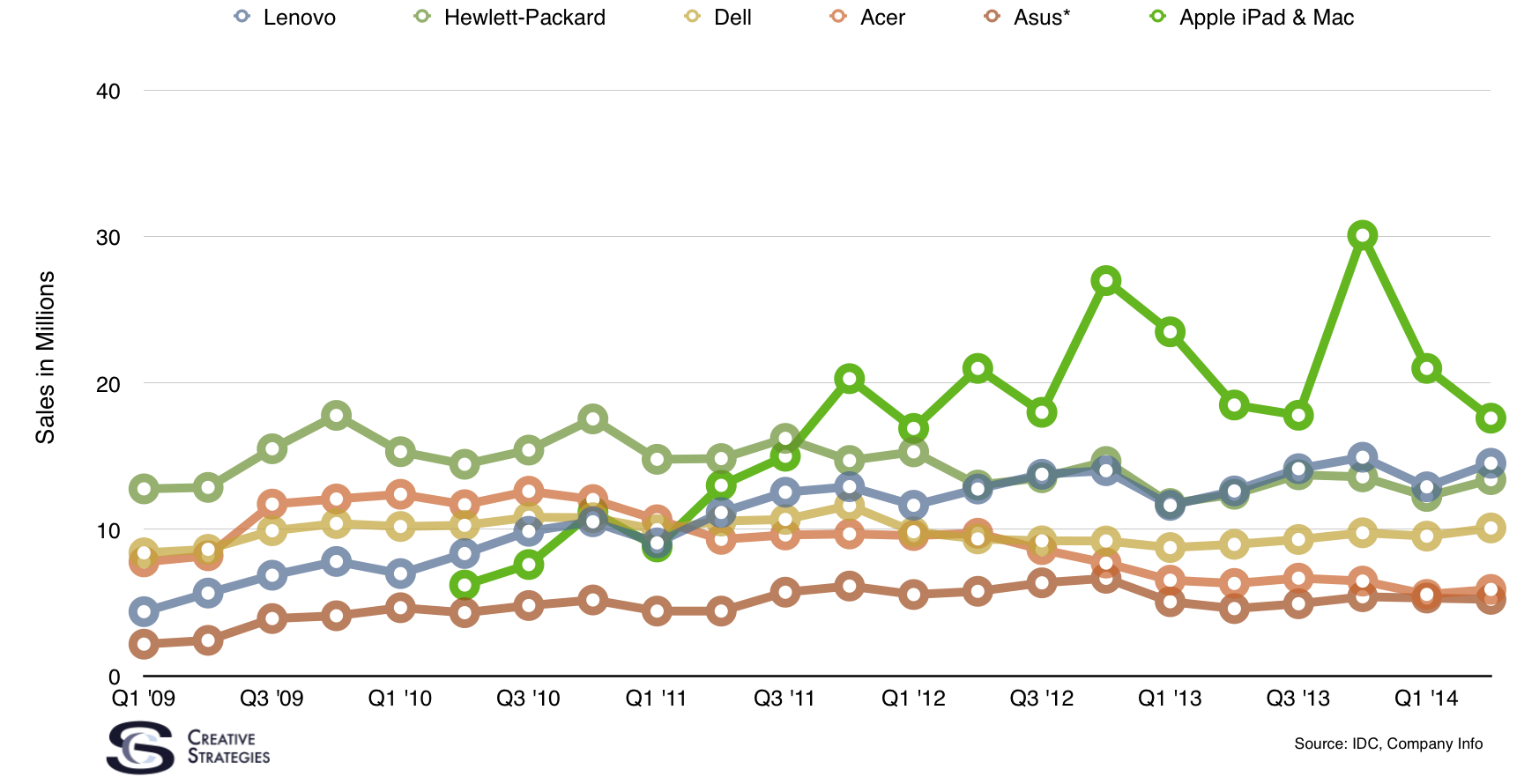




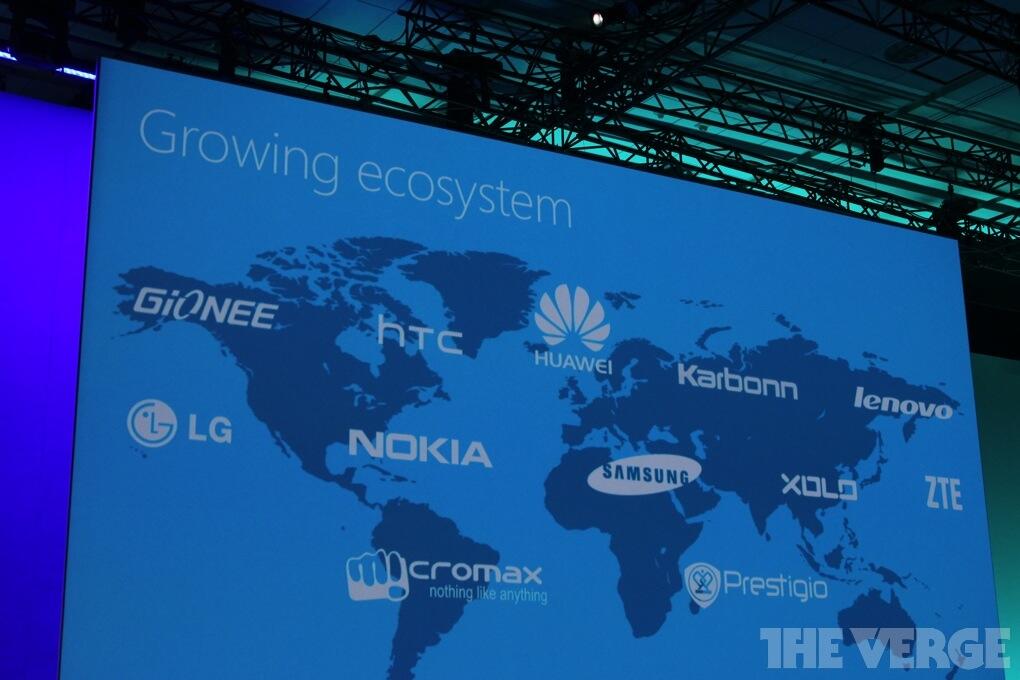

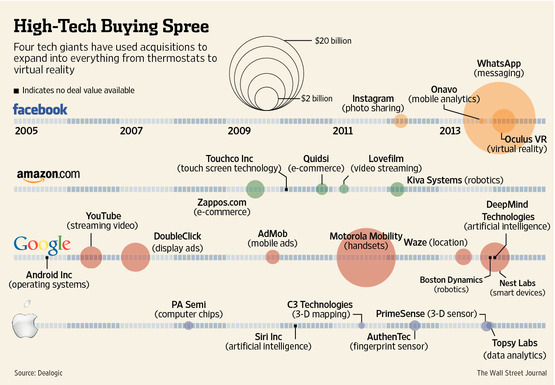


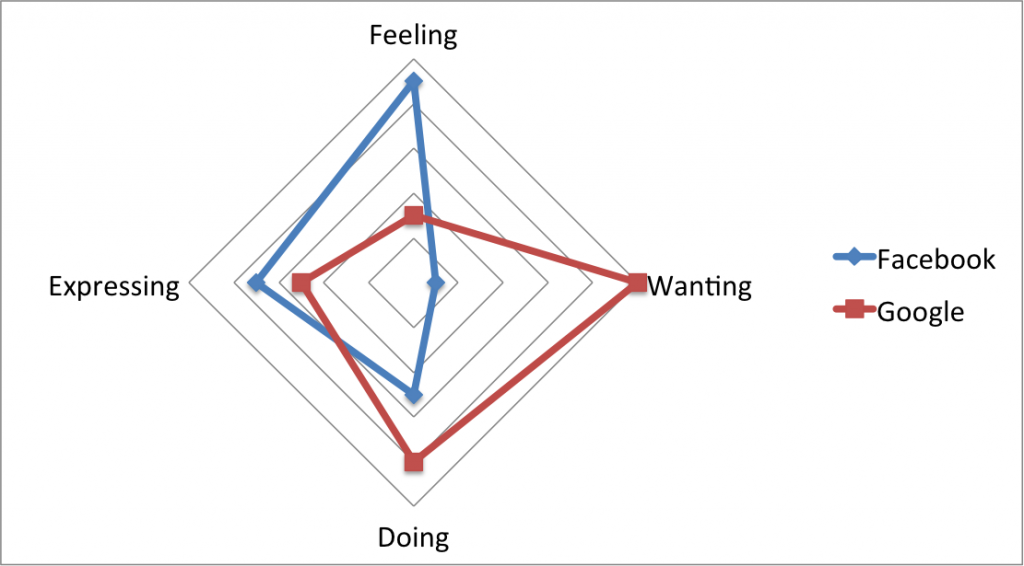

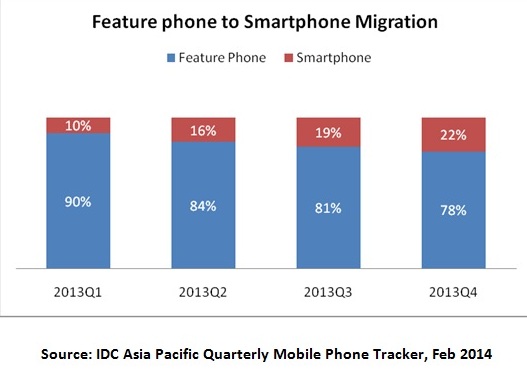


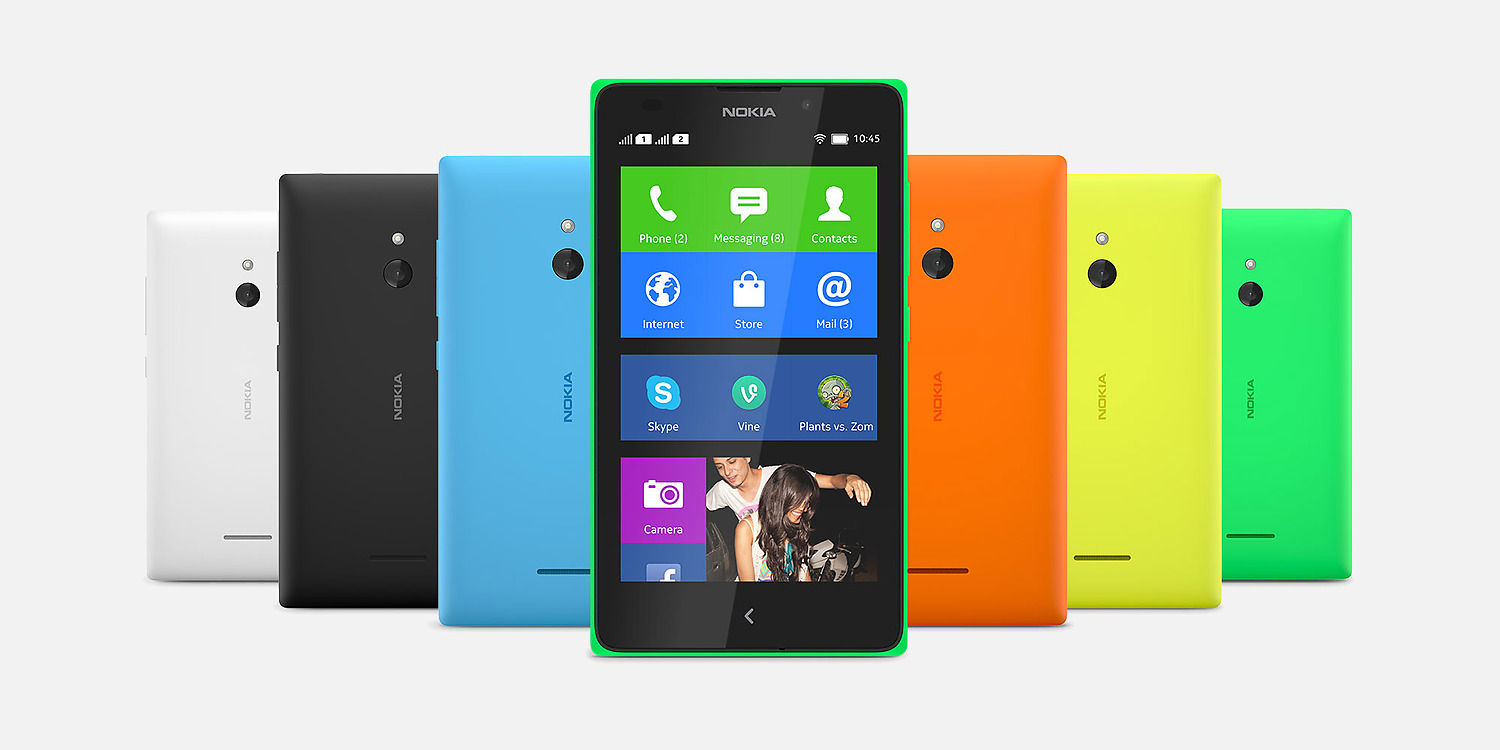
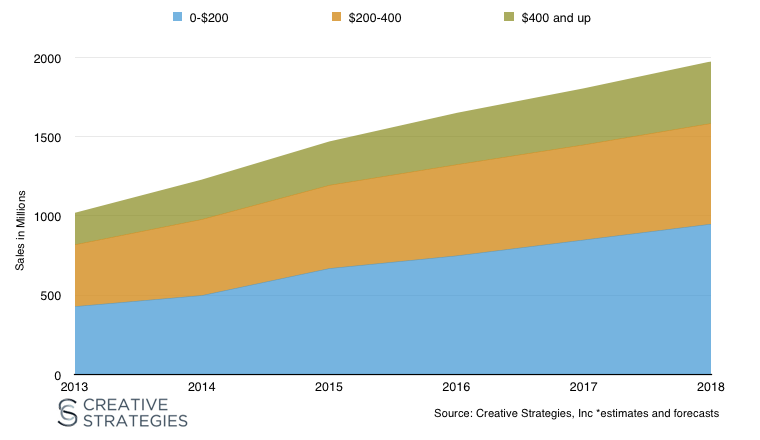
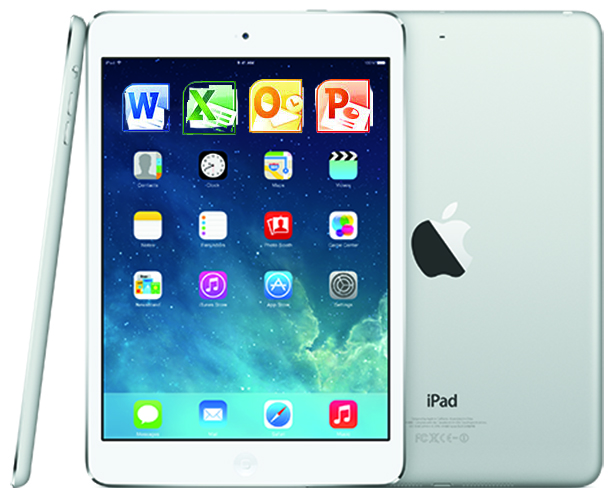

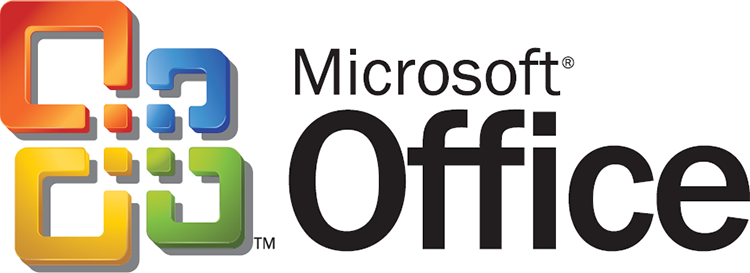


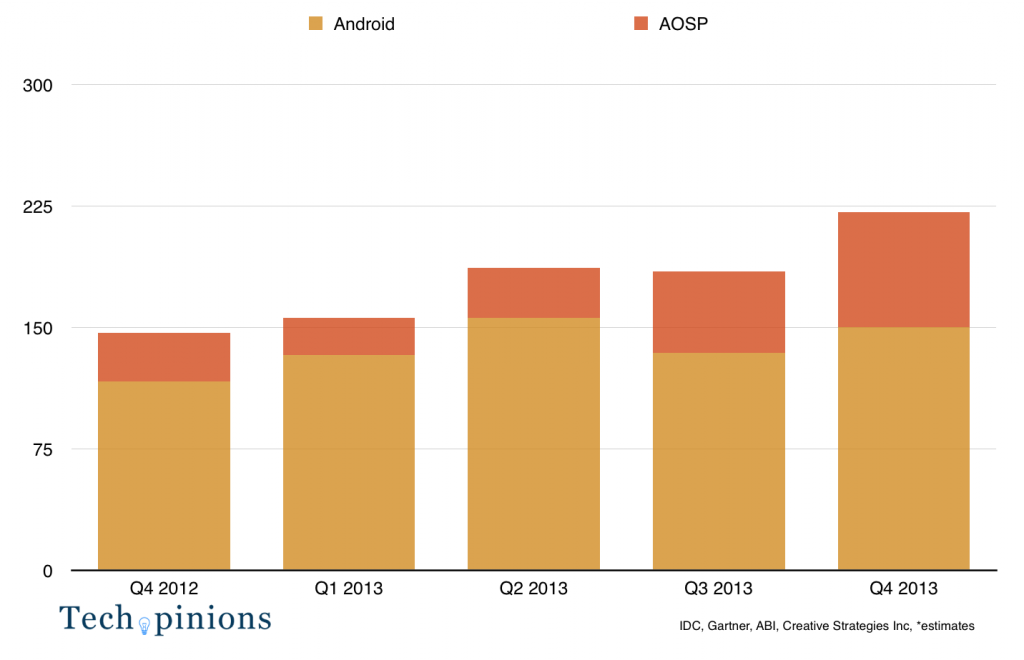
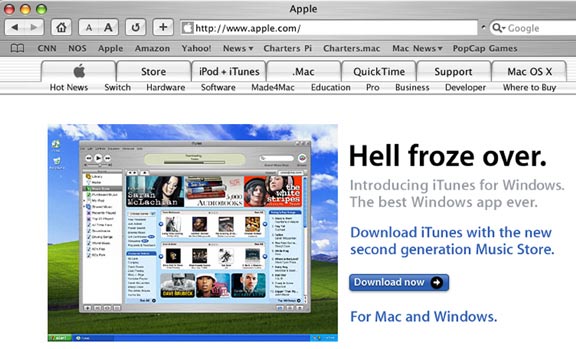
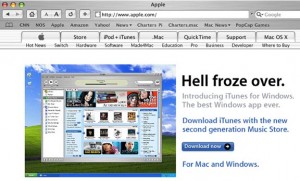 In a simple tweet today from
In a simple tweet today from 
